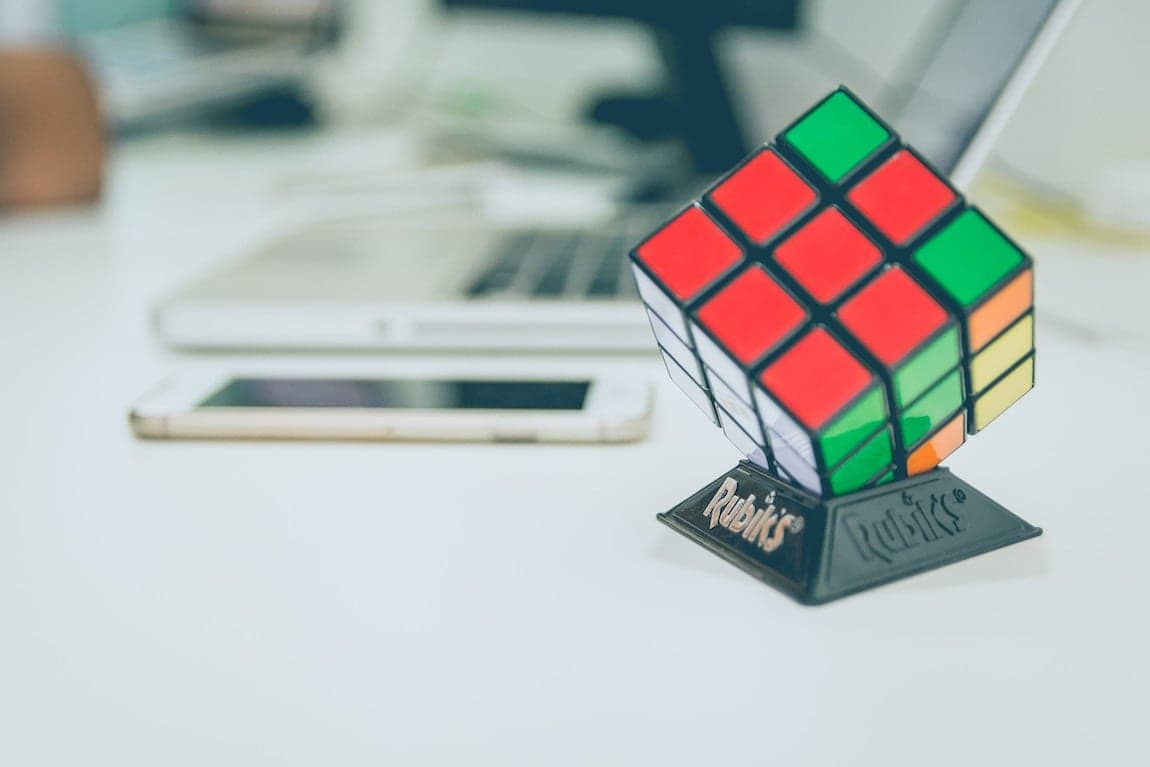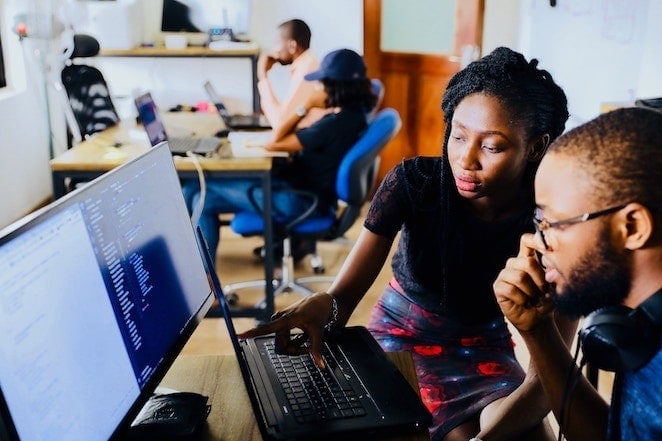How did we learn to ride a bike? Probably someone gave us some advice and then we practiced alone. We can learn to study better in a very similar way. Nobody is born knowing how to study or at least everyone can improve “the way of studying with which they are born.” We need to learn a series of study techniques and then put them into practice to develop good learning habits. To learn better yes, to optimize time too.
The study techniques are essential tools when it comes to achieving meaningful learning, as they help us to understand, retain and assimilate the contents. However, few students dominate them. Many opt for the last minute memorization, which causes that the results are not always the expected ones and the forgetfulness for what was learned does not take long to appear.
Studying by heart does not assure us of very promising results. Luckily, there are many other funnier and more dynamic study techniques that will help us study better and also improve our results and performance. Also, the right prep materials and review books play a crucial role in achieving high success on any examinations you may be taking. Trusted online resources like ExamGenius provides detailed guides and updates on the best prep materials so you can be sure you only opt for what suits you.
How to teach students to learn in an intelligent, active and independent way?
Donna Wilson and Marcus Conyers, experts in the domain of teaching, based on the brain and leadership (both in the educational and professional field), suggest five practical strategies that teachers can use with their students so that they can achieve the expected learning objectives. The brain, planning, self-explanation, and self-evaluation are some of the factors present in the five proposals of these expert authors who believe in the power that autonomy has in the active and lasting learning processes over time. Let’s look at the five strategies in detail:
1.Explain to your brain
Wilson and Conyers say that one of the things that teachers can do to motivate their students in the process of developing effective learning strategies is to use a metaphor they call “Explain to your brain,” that is, explain to themselves what they are thinking and doing while they are learning. This strategy, experts say, is related to metacognition, a capacity closely related to success in student learning and professional success. One of the best ways to teach this skill is by modeling the self-disclosure aloud in the classroom. For example: if you are working on math exercises on the board, the teacher can ask a question such as “How will I solve this algebra problem?” Then you can continue to speak out loud about the problem, teaching a way to have self-talk when solving problems, reading or doing certain tasks. After exemplifying this exercise more than once, the teacher can allow the students to do it alone. The objective, in the end, will be that they can do it in a constant, independent and silent way.

2. Brain rest
For a student who must remain seated and concentrated for a long time, learning is complex. The result says Wilson and Conyer can be lethargy, boredom or inappropriate behavior. That is why they suggest that in order to facilitate the commitment to learning, students should be offered the opportunity to move and have breaks of approximately 5 minutes every 20 minutes. The process is simple like this “I live, I die, I LIVE AGAIN” one evergreen from Mad Max fury road quotes, this will help the brain receive more oxygen. To make these breaks students can stop, go to where a partner and share something they have learned. They can also jump, run or even does yoga exercise in the same position.
3.Self-appraisal
Teaching students to test themselves will be one of the best tools they can have to reinforce learning. A simple way to guide them on this path is to do the following exercise: ask them what they think the teacher will include in the exam. Then invite them to make a list of good questions and put them on some cards, each with a response back. Show your students how to create a good “simulation” of the test by doing things like solving the same number of questions that will be on the test, using the same amount of time they will have in the test and correcting the answers.
After the exercise, review the questions and answers of your students to give them feedback. This can be done several times until the students understand perfectly, the methodology of self-assessment.
4. To plan
Experts suggest that it is a good idea to encourage students to create a study planner, so they can distribute the practice sessions before the test and avoid leaving everything to the last minute. In principle, younger students will need help to make this planner, but as they learn more material than they thought possible, they will feel very motivated. For their part, teachers can also help distribute their students’ practice by constructing, over multiple periods of time, instruction focused on what is most important.
A rule that can not be forgotten according to them is: the brain needs at least 7 to 9 repetitions over time, before actually learning a content.

5. Teach others
Emotions that are stimulated when students have the opportunity to teach what they have learned can create greater knowledge and memory, say, Wilson and Conyers. In addition, when a teacher tells his student that after a class he will have to prepare to teach what he learned, they tend to work harder to understand the material, investigate, organize and apply knowledge in a very effective way. Researchers have called these results, “the protégé effect” (the protected effect).
The experts have also noted that the results are very positive when teaching pairs are established and each student is allowed the opportunity to teach others, part of what they have learned.
Conclusion
Learning autonomously is an experience that commonly brings many challenges and the learners need to know that they are capable of overcoming those challenges. If they do not believe in themselves, nobody will.
It is important to implement independent learning for student to be successful because it reflects the motivation, dedication, and ability to organize activities. Being an independent student means that s/he must take responsibility for everything s/he has to learn and manage their time efficiently.
